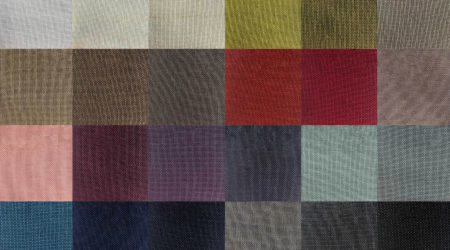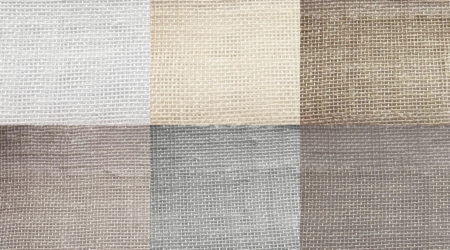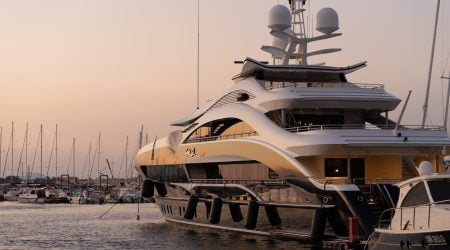New Mirage Voile IFR Range Available
Discover our brand new range of Mirage Voile IFR, made from 100% polyester and Inherently Flame Retardant.
Read MoreSpecialising in the production of theatre and stage drapes for over 30 years
No hall is complete without curtains that cover the stage and which are pulled back and drawn as the lights go down and the performance begins. Hall curtains add a sense of excitement and expectation to the performance; as the audience sit in their seats, they know an incredible show is about to get underway.
There are many benefits to hall curtains. In this post, we tell you what they are, the materials they are made out of and what to consider when choosing your own
No hall is complete without curtains that cover the stage and which are pulled back and drawn as the lights go down and the performance begins.
Hall curtains add a sense of excitement and expectation to the performance; as the audience sit in their seats, they know an incredible show is about to get underway.
The curtains, which can be made out of a range of fabrics, remain closed until the performance starts at which point they are pulled back to reveal the stage and the cast.
The hall curtains are then drawn again at the interval and at the end of the performance, indicating to the audience that the show is over.
Below, we look more closely at the benefits of hall curtains, the materials they are made out of and what you need to consider when selecting your own.
Hall curtains help to cover the stage ahead of the performance, ensuring the audience cannot see the set design, props and indeed the performers until the right moment.
They also help to frame the stage, keeping the audience focused on the performance and preventing them from being distracted by anything taking place in the background.
This includes lighting rigs, microphones and any props being moved around. It also allows cast members to enter and exit the stage without the audience seeing.
There are acoustic benefits, too – hall curtains can help to absorb sounds from the audience so that the performers voices and other production sounds can be heard more clearly.
But more than anything else, hall curtains are a key part of any stage set-up and are a theatre tradition dating back many, many years.
There are many fabrics that can be used for hall curtains, but the most popular are cotton, polyester and mohair – cotton is by far the most common.
Cotton is used to create the traditional velvet theatre curtain and is a cheaper fabric than other alternatives such as wool serge.
Cotton is durable and is easy to maintain and keep clean while still looking sleek and sophisticated, but at a more sensible cost than other fabrics.
Those with a slightly bigger budget can opt for wool serge – our best seller – as it has the durability of cotton but thanks to its heavier weight has superior light and sound blocking qualities.
Wool serge is also flame retardant, providing better protections to performers, back-stage staff and the audience in the event of a fire.
If money is no object and you wish to create a show stopping hall stage curtain, then mohair is the best fabric to use – while it is more expensive, it is much more durable.
It also provides unrivalled colour clarity and lighting and acoustic qualities making it the ultimate fabric for hall stage curtains.
When deciding which fabric to choose for your stage curtain, budget is often the most decisive factor but you should also consider the durability of the fabric.
While mohair is a greater initial investment, it is much more durable and in the long run could be the more cost effective option.
Also take into account factors such as whether the material needs to be fire retardant, and what level of light and acoustic blocking qualities you require.
Of course, if you need any assistance in choosing your fabric, don’t hesitate to contact a member of the Whaleys Stages team.

Discover our brand new range of Mirage Voile IFR, made from 100% polyester and Inherently Flame Retardant.
Read More
Discover our brand new range of Eco Voile IFR, made from 100% recycled polyester and Inherently Flame Retardant.
Read More
We now have IMO (International Maritime Organisation) Certification for the following qualities…
Read More